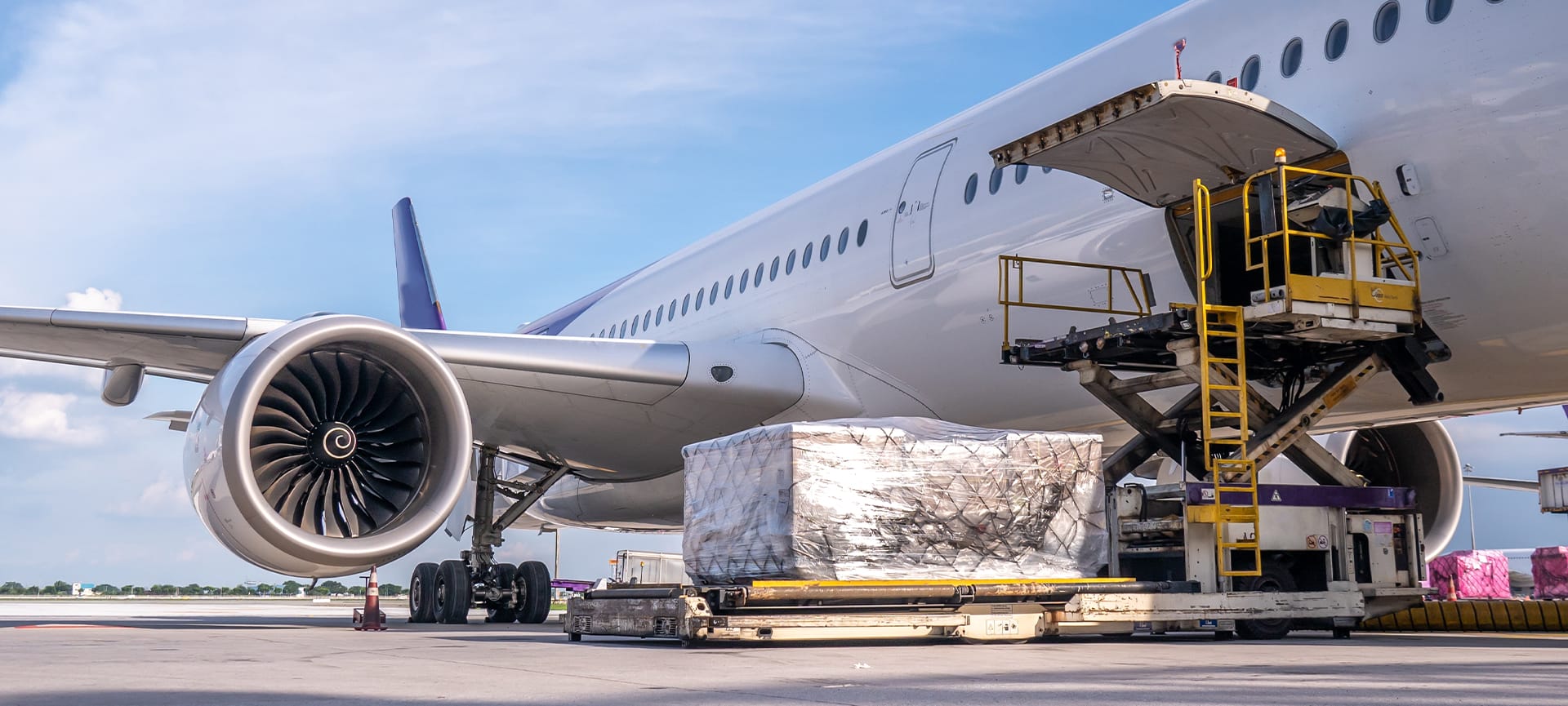The spread of COVID-19 is now reaching multiple countries all over the world. This pandemic affects not just the people, works and businesses but also the global logistics and cargo industry. These impacts on the global logistics industry are most likely to continue firmly for the coming months.
Furthermore, various industries are currently facing challenges with their supply chains like low production and capacity, even raw material shortages. It also affects the time issues, delays in ocean blank sailings and transport/truck capacity constraints.
During this time of disruption, the cargo industry is most likely to be affected since transport operations are on hold.
What is Cargo Industry?
Cargo and freight terminologies refer in particular to goods or produce being conveyed generally for commercial gain. The transport can be done through water, air or land transportation. Whereas, the term “cargo” was basically a shipload. Cargo now covers different types of freight, carried by ship, van, rail, truck, and intermodal container.
What are the Different Types of Cargo Industry?
Marine Cargo
Most seaport terminals handle a wide range of maritime cargo. In most cases, automobiles are handled at many seaports and are usually carried on specialized roll-on&roll-off ships.
When it comes to the largest and fastest-growing cargo category at most ports worldwide, containers are at the top. Containerized cargo includes auto parts, machinery and manufacturing components, shoes and toys, as well as frozen meat and seafood.
There are also called project cargo and heavy-lift cargo which include items like manufacturing equipment, factory components, generators, military equipment. This also includes other oversized or overweight cargo which is too huge or heavy to fit into a container.
Air Cargo
Air cargo or commonly known as air freight is collected by firms from shippers and delivered to the customers. Aircraft is the first air transportation used for carrying mail as cargo in early 1911. Eventually, manufacturers started designing various aircraft for other types of freight as well.
Train Cargo
Trains are used to transport large numbers of containers coming from shipping ports. Trains are also used to transport coals, steels and woods. They are great shipping transports because they can carry a large amount of cargo. Also, because they have a direct route to the destination. Freight transport by rail is more economic and energy efficient than by road under the right circumstances. What makes it more efficient is, they can carry a bulk over long distances one at a time.
Although, one of the rail freight’s main disadvantages is its lack of flexibility. For that reason, rail has lost much of the freight business over road transport. Rail freight is often subject to transshipment costs as well. The reason is the cargo must be transferred from one mode of transportation to another. Hence, practices such as containerization can minimize the shipment costs.
Road Cargo
Many firms transport almost all types of cargo by road. It is made easy to deliver everything from houses to cargo containers, these firms offer fast and sometimes same-day delivery.
A good example of road cargo is food. Most supermarkets require deliveries every day to keep their shelves stocked with goods. Additionally, retailers of all kinds rely upon delivery trucks, be it a full-size semi-truck or smaller delivery van.
Effects of COVID-19 on the Cargo Industry
Delayed Production of Goods
As countries manage the spread of COVID-19, implementing quarantines, travel and global logistic restrictions is done. Hence, the production of goods is also delayed. As goods in transit are stranded, rerouted, or discharged short of their final destination. This is just one of the results of port and country closures, bans and restrictions.
Backlog in the Availability of Containers
Due to quarantine, delay in production and transportation recommence, it could take months to unravel the container’s backlog. Even if the cargo is available to ship, the availability of containers in some locations may cause a problem.
Losses of Costs
Since every transaction is on hold, losses and costs that came from such delays are unlikely to be insured. In most cases, neither a logistics company nor carriers is liable.
Cargo Congestion
There is large congestion in the cargos since many countries have responded to the pandemic by imposing lockdown or restrictions. Moreover, most manufacturers and retailers fail to pick up their cargo and containers because their warehouses are closed or full. The cargo that remains uncollected at ports creates congestion and takes up space. Thus, reducing the capacity for incoming cargo and containers.
Insurance arise
Due to the COVID-19 pandemic, insurance implications arise from the disruption of shipping and logistics. Cargo owners, importers, risk managers and insurers need to monitor several parameters:
- Accumulation of Cargo
- Delay
- Delay Clause
- Demurrage Charges
- Deviation
- Force Majeure
- Interruptions in Transit
Final Thoughts
The impact of the COVID-19 outbreak on supply chains affected the global logistic and cargo industry in several ways. Some of these effects might not have been anticipated but these will eventually occur even after the quarantines. Also, this can leave cargo owners and cargo carriers less insured than they imagine.
However, there are some cargo businesses that have resilience programs to minimize the negative impact on the customer’s supply chains.
RoadLINX is a proud provider of cross-border freight shipping and overall freight services in Canada and the U.S. If you are looking for trucking companies to ship LTL or FTL, we have the equipment and resources to handle your shipments. You can visit our website or contact us today for more inquiries.


